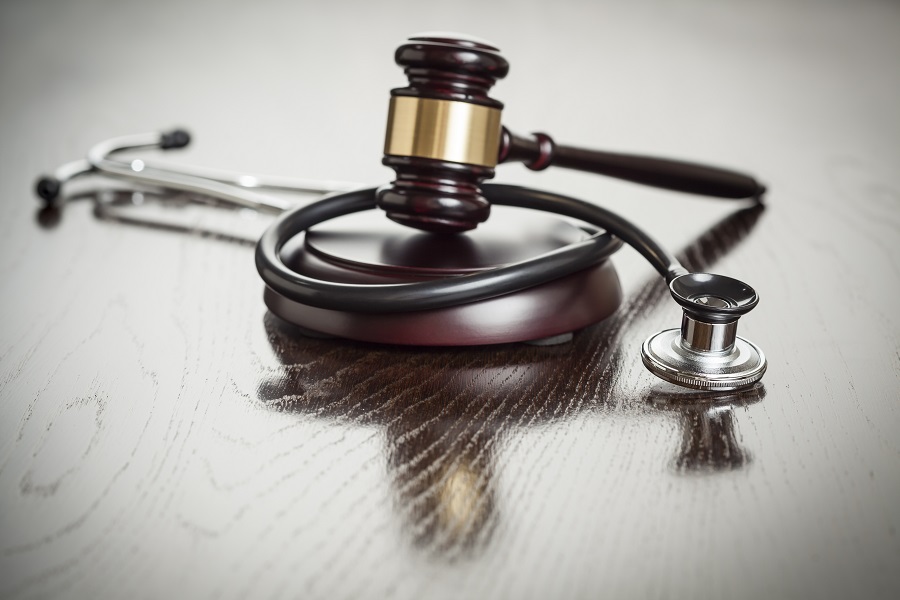While the impact of the COVID pandemic on elective surgery has received significant attention from the lay media, the impact of the crisis on diagnostic imaging and diagnostic testing—although likely at least as severe—has been less in the public eye (with the exception of clinical laboratory services, which are not addressed here). And while the expanded availability and coverage of telehealth has the potential to somewhat mitigate the impact of sharp reductions in in-person office visits and other medical services, at least some component of many diagnostic imaging and other diagnostic tests are not the beneficiaries of any such technological buffer.
Unfortunately, too, a brief perusal of the providers that have benefited from financial support from the Provider Relief Fund suggests that, while a few large radiology and neurology practices may have received critical help from government largesse, the great bulk of government support has gone to large hospital systems and others with substantial Medicare billings. Since the road to recovery appears likely to be rocky and uneven, it is unclear how quickly normality will be restored to this sector of the health care industry—especially since new and significant reductions in Medicare payment for diagnostic imaging and other diagnostic services paid under the Physician Fee Schedule, are scheduled for next year.
And what is happening in the regulatory landscape in the meanwhile? In an Interim Final Rule issued at the end of April, CMS adopted a number of changes of particular interest to providers of imaging and other diagnostic testing services. On an interim basis during the Public Health Emergency, CMS finalized changes to the Medicare regulations (§410.32(b)) to add flexibility for NPs, CNSs, PAs and CNMs, to supervise diagnostic tests as authorized under state law and licensure. This new flexibility is applicable not only to imaging services but also to psychological and neuropsychological and other diagnostic testing. In addition, during the pendency of the Public Health Emergency, direct supervision—when it is required—may be provided using interactive audio/visual communications devices, both for services payable under the Physician Fee Schedule and those diagnostic services provided by hospital outpatient departments. As stated by CMS, “The interim changes will ensure that these practitioners may order, furnish directly, and supervise the performance of diagnostic tests, subject to applicable state law, during the PHE.”
These changes, when considered in conjunction with other changes made in the Interim Final Rule, may significantly modify the landscape for diagnostic testing, at least in the immediate future and perhaps indefinitely. This is especially true as technology facilitates the performance of an increasing number of tests remotely. Candidates may include, for example, cardiology, neurological, audiology, and other forms of non-imaging, non-lab testing. The Interim Final Rule includes a process under which a hospital can provide services in a patient’s home and have that home treated as a “provider-based” department of the hospital for payment services. Payment may be based on the amount that would be payable under the Hospital Outpatient Prospective Payment System, so long as the hospital complies with a streamlined process outlined in the preamble to the new regulation. This new regulatory framework opens possibilities for entrepreneurial PAs, NPs and others authorized to bill Medicare directly to contract with hospitals to provide home-based services for those who remain concerned about subjecting themselves to the hospital environment for diagnostic testing. What is missing is a travel allowance that would make the provision of diagnostic -as well as therapeutic –services financially practicable during the crisis and, for some services, beyond.
The new regulatory flexibilities spawned by the COVID -19 pandemic will not necessarily sunset with the lifting of local stay-at-home rules: In fact, if, as appears likely, the crisis recedes and reappears in waves, the Public Health Emergency has the potential to stay in effect indefinitely—until the emergency declaration is lifted by the President. Moreover, even when the Public Health Emergency is over, it appears possible, if not likely, that the role of non-physician clinical providers will expand in the post-COVID world, and that there will be a continued interest in making an increasing wide array of services—including diagnostic services—available in home and other alternative site environments. Diagnostic service providers take note.
If you have any questions and need further information, please contact your regular Powers attorney or Diane.Millman (Diane.Millman@PowersLaw.com).
For the latest news, information, and insights on COVID-19, please visit our resource hub at https://www.powerslaw.com/covid-19/.

